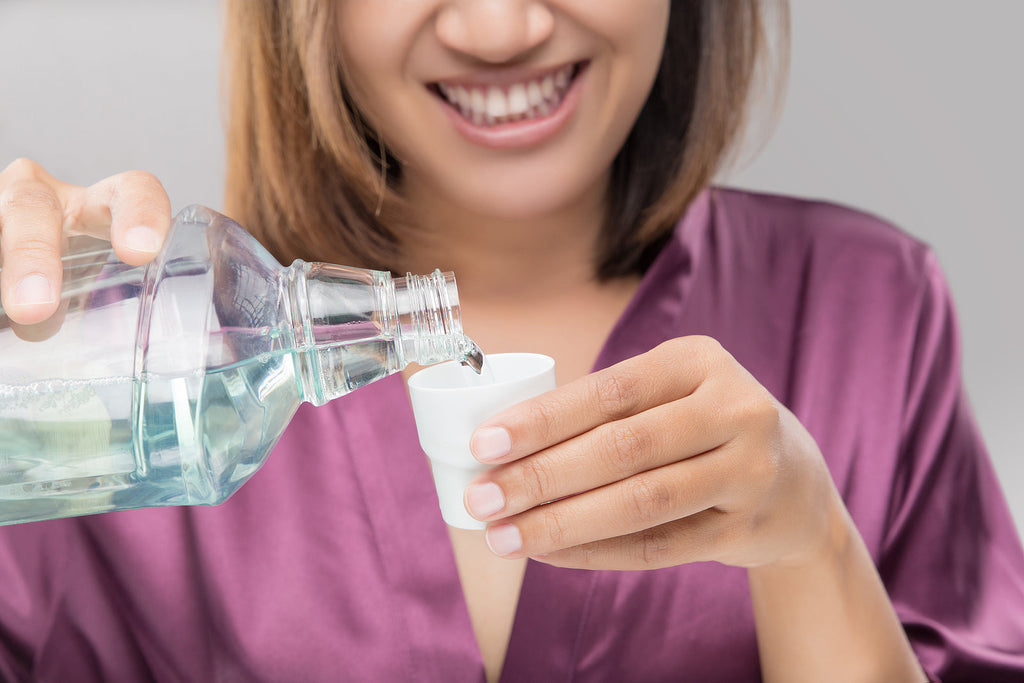
Who Established That Dental Mouthwash Prevents Gum Disease?

Alongside extremely early precursors to the toothbrush, such as chewing sticks, dental mouthwash was one of the earliest pieces of dental equipment that humanity used to keep teeth healthy, even if it took centuries before scientists would figure out why.
Unlike modern mouthwashes, which use a range of ingredients to dissolve plaque, kill bacteria and provide a healthy environment for teeth, early mouthwashes were developed as much out of superstition as evidence of efficacy.
The earliest forms of mouthwash-style treatments are found in traditional medicine systems, such as ancient Chinese medicine and Ayurveda oil pulling.
However, given the spiritual aspects of these treatments, the exact origin of mouthwashing in the antiseptic form we know today is more likely to have begun in Ancient Greece.
The early physician Hippocrates recommended a wash made from vinegar, salt and alum crystals. Other early civilisations would use salt water rinses for similar reasons.
However, the first person with the equipment and expertise to test this out was Antonie van Leeuwenhoek, one of the pioneers of microbiology and the first person to see microbes.
When he put plaque deposits under a microscope, he discovered the presence of bacteria, which he concluded were causally connected.
He experimented with a range of different liquids and found that both vinegar and brandy killed the bacteria almost immediately, at least in the samples that he used.
Mr van Leeuwenhoek then tried a vinegar rinse himself, either on himself or on a willing participant, and after taking another sample, found that the bacteria remained present.
Whilst he had failed to create a successful mouthwash, Mr van Leeuwenhoek’s research proved vital, as he would propose, accurately, that the issue was not the ingredients but that the rinse either did not reach or was not kept in the mouth for long enough to kill the bacteria in the plaque.
This would over the following century lead to the development of increasingly sophisticated mouthwashes until the use of chlorhexidine was found to stop its build-up significantly by sticking to parts of the mouth.
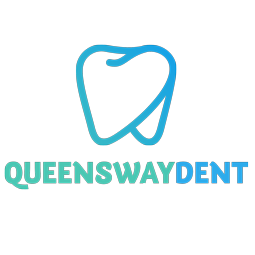
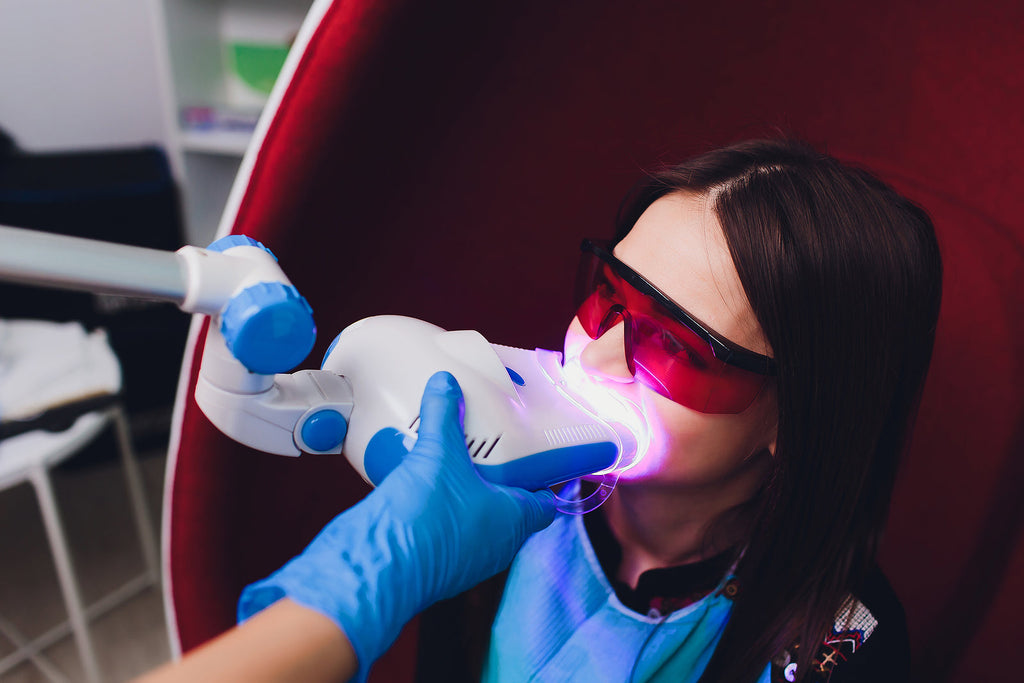
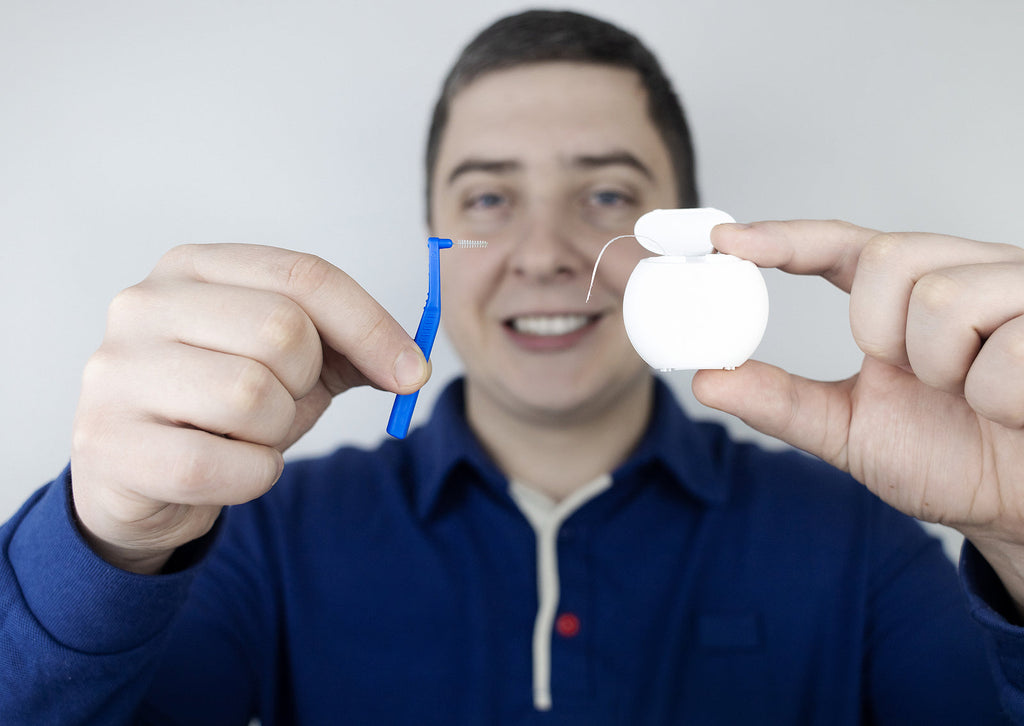

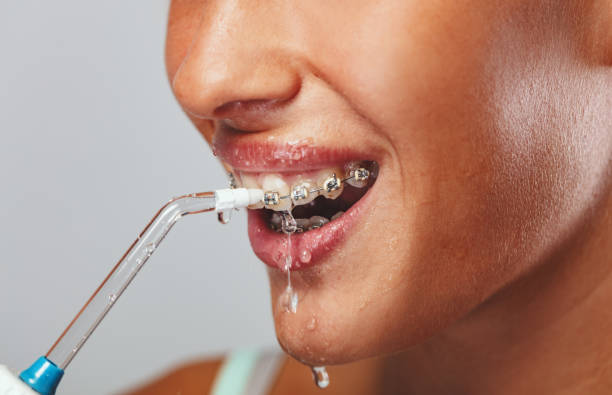

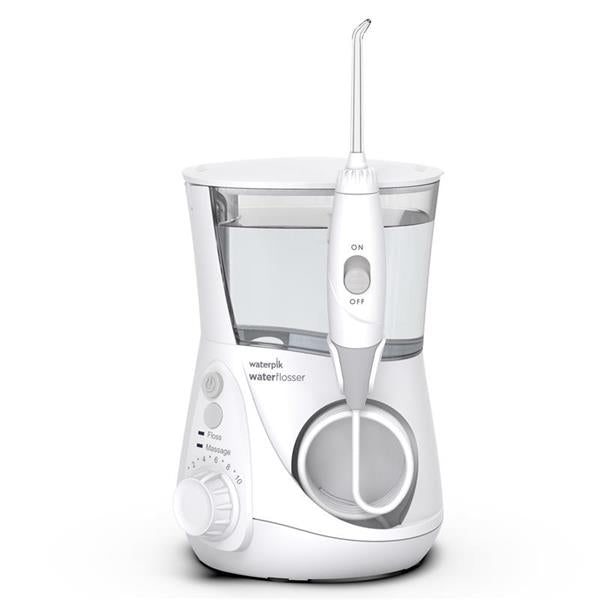
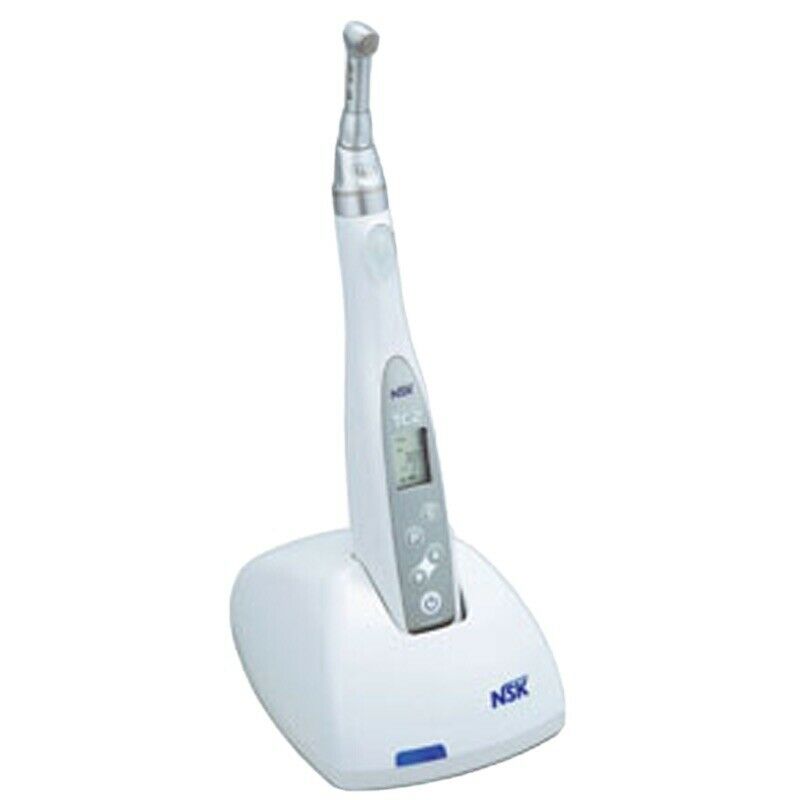
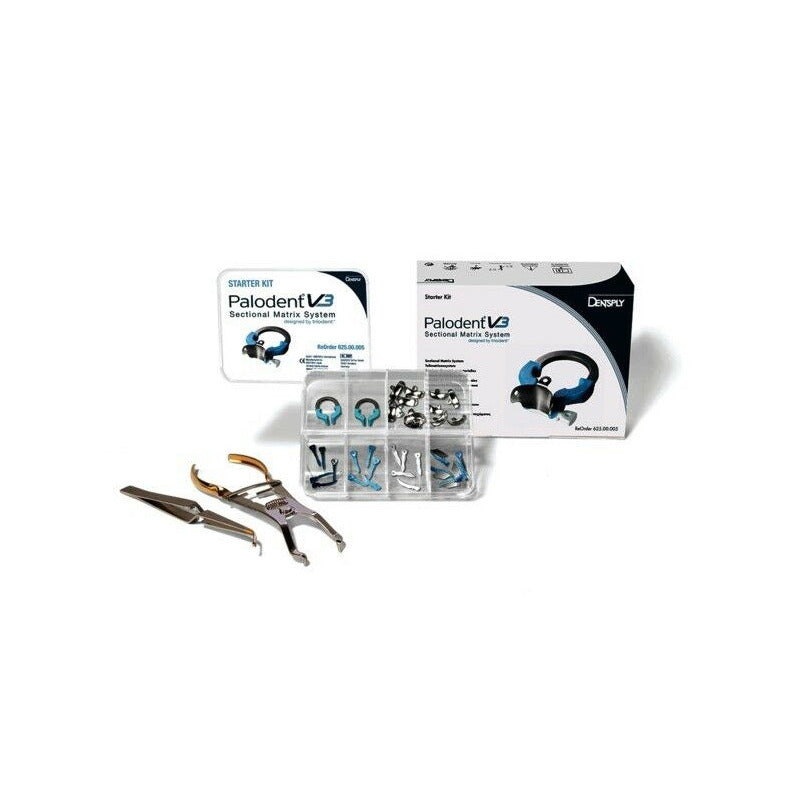
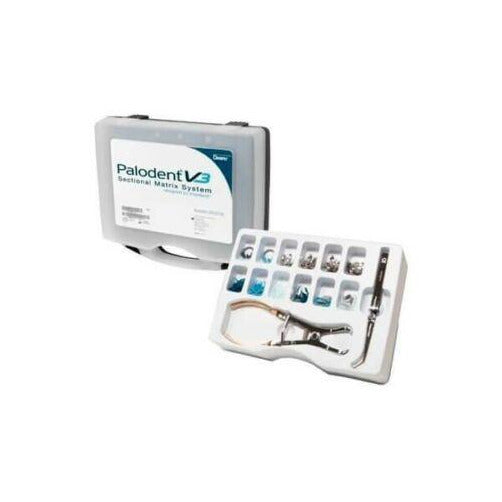


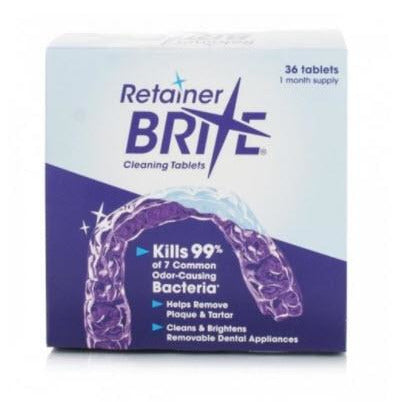
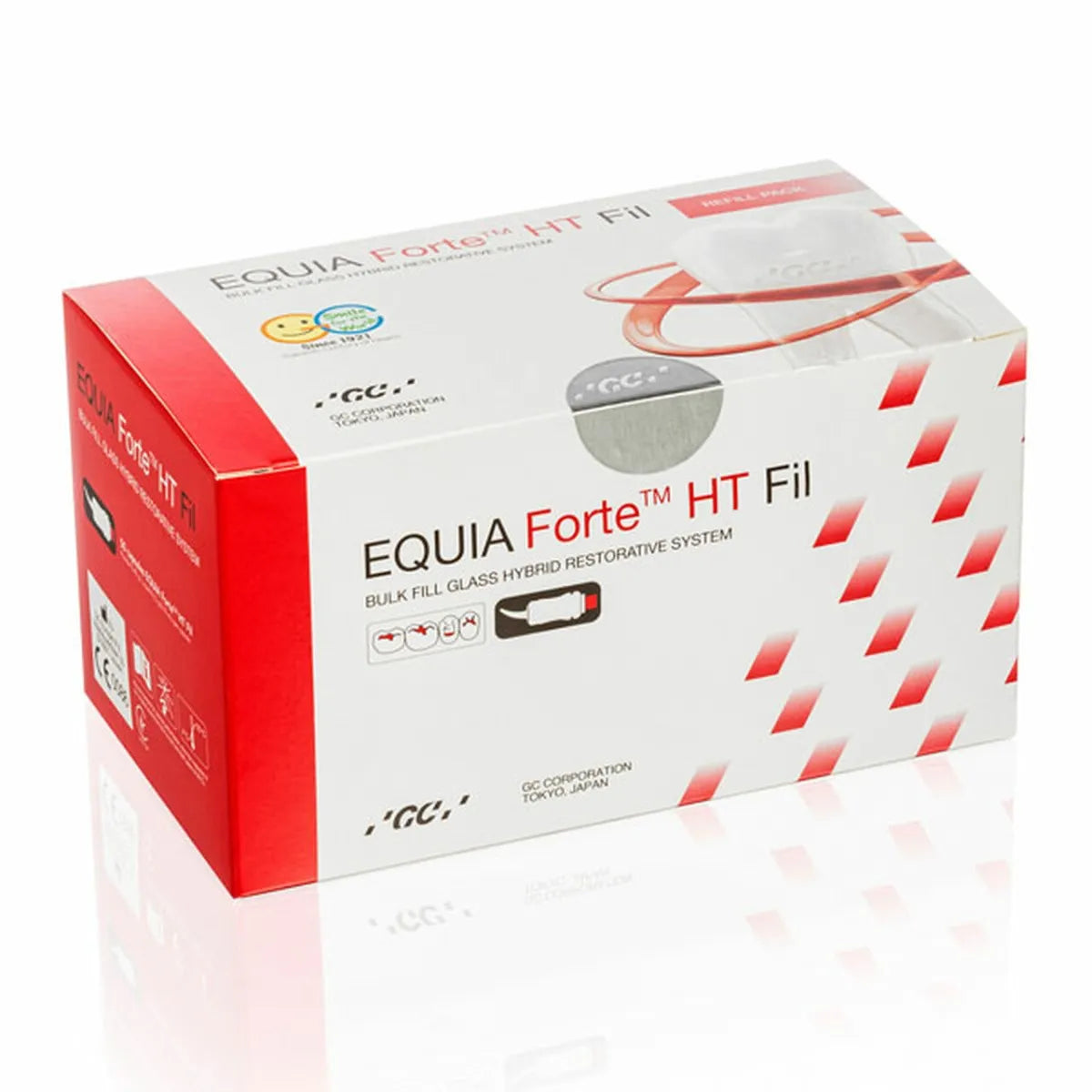
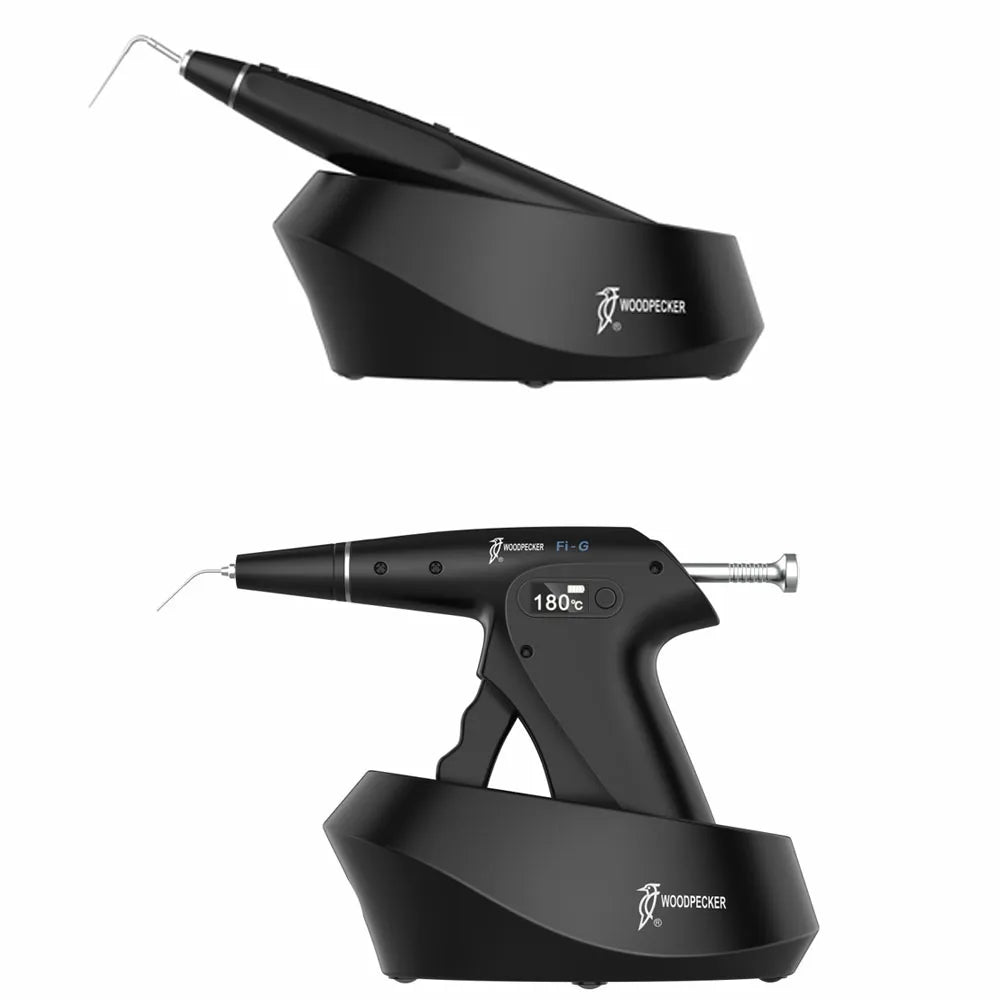
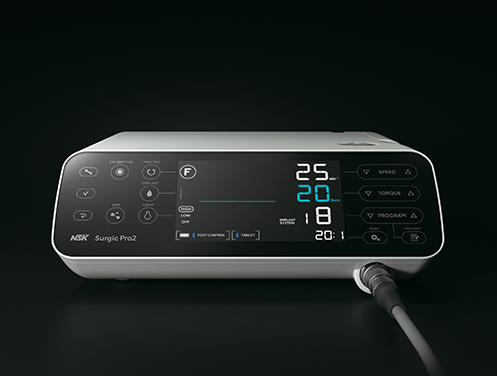
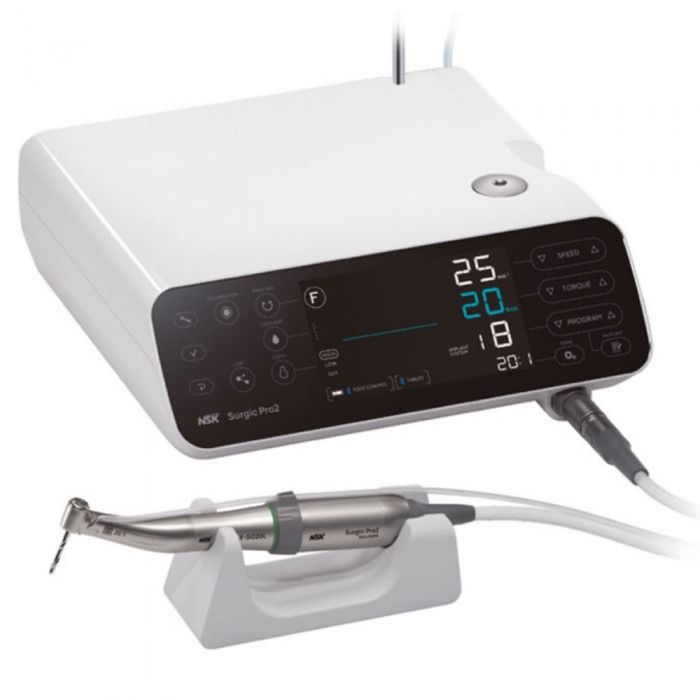







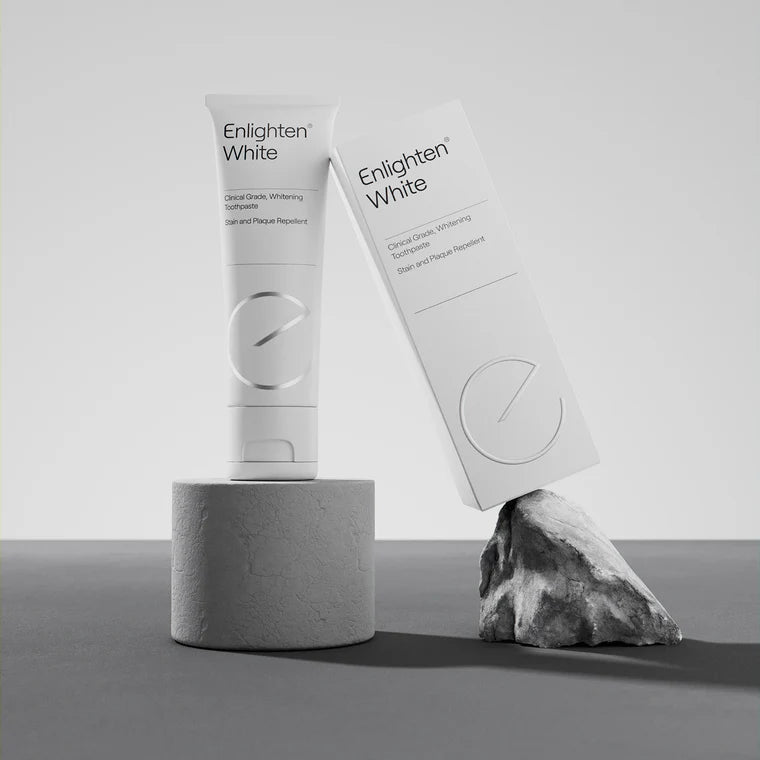
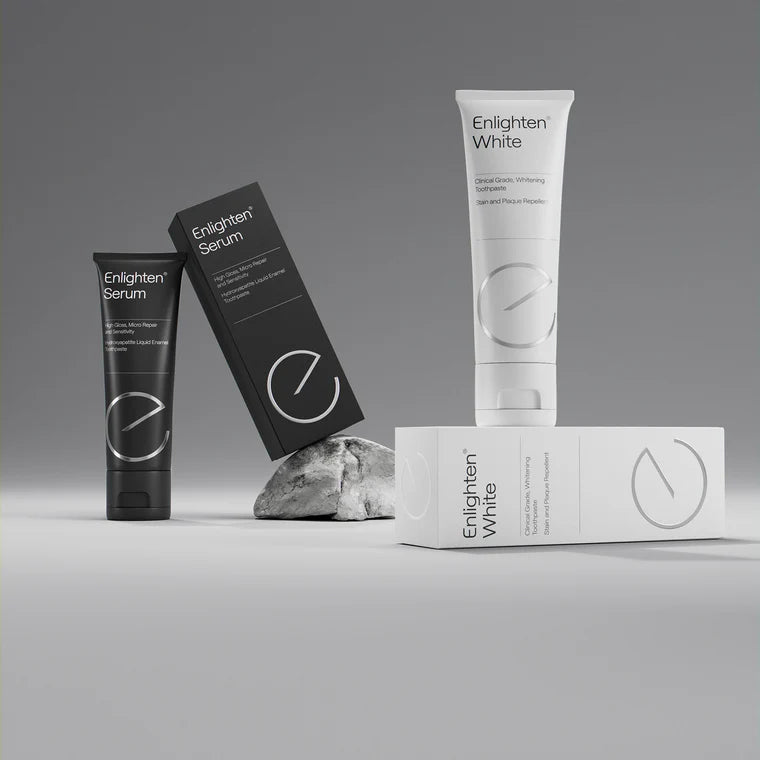
 Whatsapp us!
Whatsapp us!